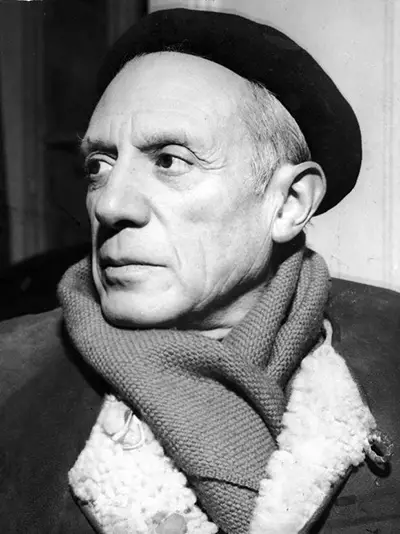Picasso ordered that the paintings be kept out of Spain following the reign of fascist dictator Franco. The order stated that they could not return until democracy and liberty returned to the country. Sleeping women often appeared in different Picasso pieces. They were often inspired by important women in his life and the fact that he often observed them slumbering whilst working late into the night. The raw and unrefined art style symbolise the intense and carnal nature of love and sex. These themes also relate to the Minotaur itself, existing as a representation of forbidden desires and lust.
During the 1930s, this mythological creature became one of Picasso's motifs and symbols. Previously, the half bull, half man monster was a popular staple of Surrealist artists's works at the time. It also appears in Guernica, arguably Picasso's most striking painting. It famously criticizes the German bombing of Guernica during the Spanish Civil War. Before the Minotaur, the Harlequin was the most recognisable Picasso motif.
Born on the 25th of October, 1881, Pablo Diego José Francisco de Paula Juan Nepomuceno María de los Remedios Cipriano de la Santísima Trinidad Ruiz y Picasso is considered one of the most influential people of the 20th century. With such a large body of work, his work is usually divided into various periods based on style and time. He is most well known for co-founding the Cubism movement along with Georges Braque.

